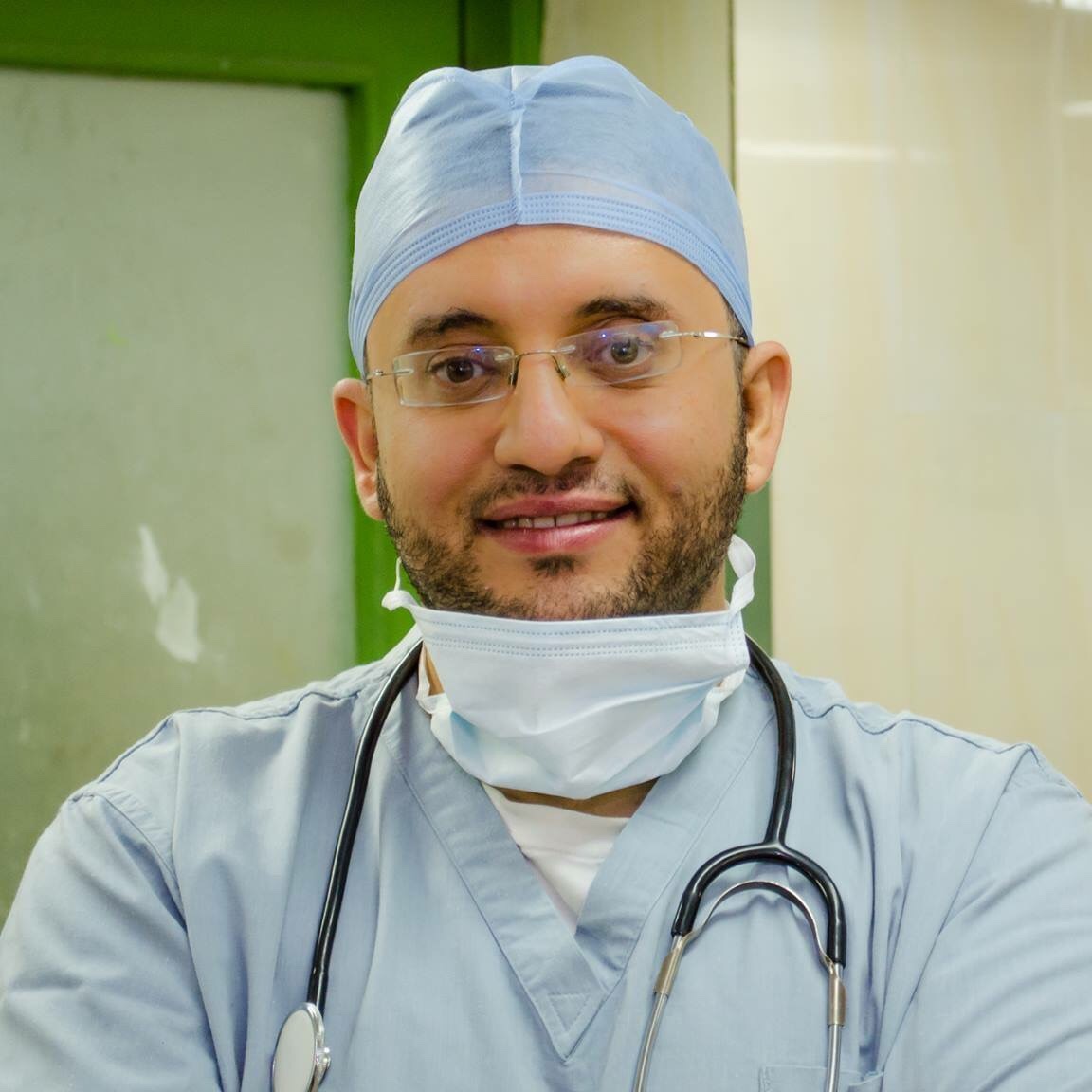Introduction:
Since the introduction of neuro endoscope in the last century, it was the mainstay treatment of hydrocephalus secondary to third ventricular cysts and tumors as craniopharyngiomas, pineal body tumors, and posterior fossa tumors. Preoperative MRI & MRA brain are mandatory to know the course of the posterior communicating arteries and to know the presence or absence of Liliequest membrane.
Proper case selection and post-operative care including monitoring of ICP are crucial to reduce the hazardous complications after the procedure. The presentation in pediatric patients is different to manifestations in the adult. While visual defect and altered mental state were the main complaints in adults, children may manifest with repeated seizures and repeated vomiting.
Our aim of the study is to report our experience in the cases with secondary hydrocephalus that are treated by ETV (endoscopic third ventriculostomy).
Patients and method:
A prospective randomized study was conducted to thirty-two patients who have secondary hydrocephalus. They were 18 males and 14 females with age range from 5 to 52 years. They were collected from January 2011 to December 2013. All of them were subjected to brain CT and MRI to confirm the diagnosis and to detect the critical anatomical landmarks before surgery.
Preoperative investigations were carried out including CBC, prothrombin time and concentration. Surgical fitness was done for them. Patients were classified into two main groups according to the age at time of presentation. Group A: childhood group from age 5 to 18 years, Group B: Adult group (above 18 years). They are followed for one year after the procedure.
Results:
The mean age was 37.3 ± 21.4 years with male predominance. Twenty-four patients (75%) improved significantly postoperatively. Five patients (15.6%) required second revision of the ETV, Two of those five showed failure of ETV due to the closure of the subarachnoid space and VP shunt was applied. One case showed memory disorders and another case showed postoperative CSF leak. Another case (3.2%) died 5 days after the operation due to intraventricular hemorrhage.
Conclusion:
The results were better in pediatric patients in comparison to the adult group. Early diagnosis, good selection of the patients and surgeons’ experience play a fundamental role in the prognosis of those patients. Endoscopic third ventriculostomy aids a step in preparation for tumor excision.

